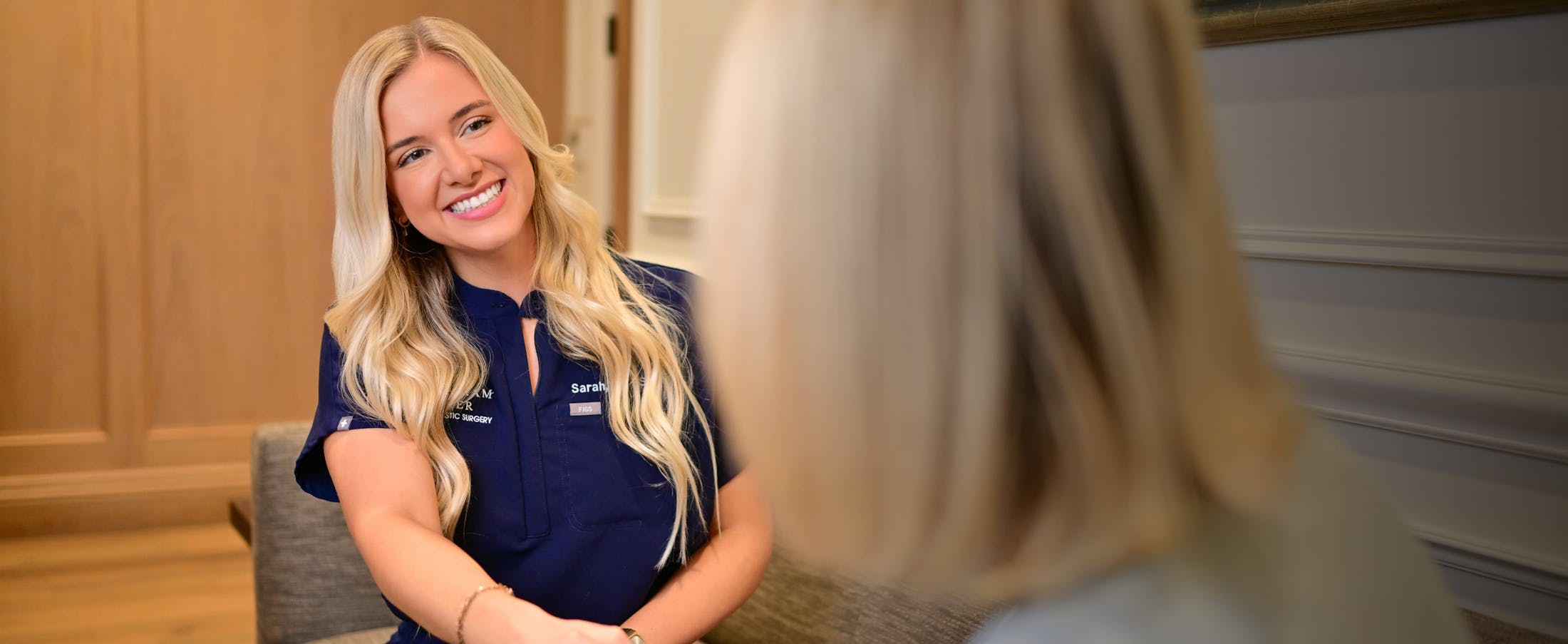

Fat transfer is a great way to rejuvenate the face in a long-lasting way, while allowing patients to use their own fat for facial rejuvenation. The results of fat transfer are typically very natural-looking and the procedure can be a good option for people who are interested in facial rejuvenation but do not want a highly invasive surgery. Another benefit of fat transfer is that in order for fat to be injected into the face for the procedure, it must be harvested from another area of the body. However, this aspect of the procedure can cause some misconceptions about the overall purpose of the surgery. Many people wonder: Is the liposuction involved with fat transfer good for weight loss?
Primary Goals of the Surgery
Volume loss is a major contributor to the appearance of the aging face, and can make a person look aged, tired, haggard, and hollow. The main goal of fat transfer is always facial rejuvenation, not weight loss. The procedure can fill in areas of lost volume in many areas of the face and improve the appearance of wrinkles for a more vibrant, youthful appearance. Because the fat injected into the face is from the patient’s own body, some of this fat will establish itself in the new location and continue to live indefinitely. Many patients are interested in this procedure because it does not use a synthetic substance to fill in the face, and the results are natural-looking and long-lasting.
How Fat Transfer Liposuction Is Performed
The liposuction treatment performed during the procedure is gentle and minimally invasive, using suction to harvest excess fat from the abdomen or hips. This is typically performed under sedation and local anesthesia. When liposuction is the primary procedure, it is usually performed with body contouring in mind, but fat removal for transfer procedures is strictly utilitarian and will not be the focus of treatment. Patients must have sufficient body fat in order to undergo this procedure.
Is It Good for Weight Loss?
While minor fat removal is an ancillary benefit of fat transfer, the procedure is by no means a good method for weight loss. Fat will be removed in a way that does not disrupt the aesthetics of the body, but only enough will be taken to use in the procedure. Even liposuction for fat removal is not actually a good method for weight loss. It is used to aid in body contouring in people with stubborn areas of fat that cannot be resolved through traditional methods alone.
Weight Stability and Fat Transfer
Prospective patients of fat transfer should be aware of how weight fluctuations can affect the results of the fat transfer procedure in a negative way. Because fat cells taken from the donor area will be slightly different in nature from those in the face, weight gain after treatment may affect those cells differently from the original facial fat cells. Weight gain can compromise the aesthetics of the results, so it is important for patients to ensure they are able to maintain a stable weight before moving forward with treatment, to avoid complications like uneven weight distribution later on.
Choosing a Surgeon
Fat transfer is a tricky procedure to perform successfully, and it should only be attempted by a skilled and seasoned facial plastic surgeon. Consultations with prospective providers will help you make a decision, as well as allow you to ask specific questions and get your candidacy assessed for the procedure.
Looking for a qualified specialist in Austin, Texas? Dr. Edward Buckingham is an acclaimed, double board certified facial plastic surgeon with the skill and experience to help you reach your fat transfer goals. For more information, and to schedule a consultation with Dr. Buckingham, call Buckingham Center at 512-401-2500 today.


